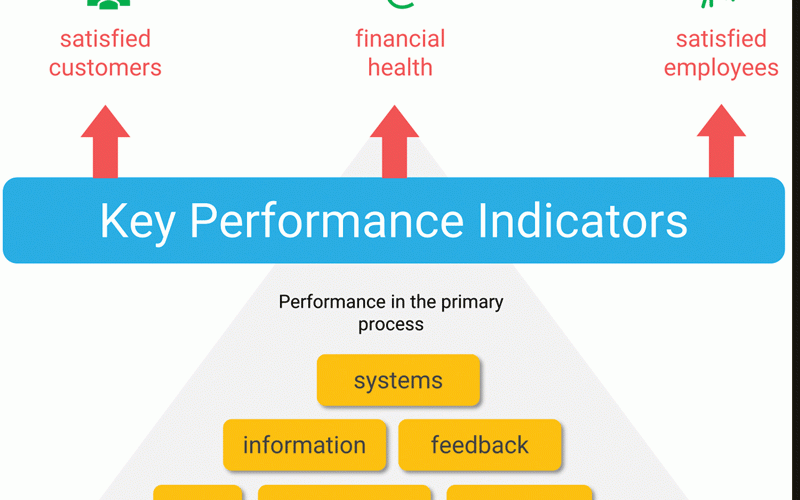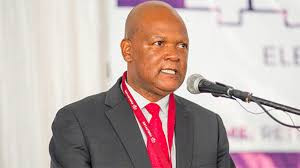
ZIMBABWE’S banks are exploring syndicated financing for large-scale projects and ways to diversify funding sources in response to the growing liquidity crunch, businessdigest can reveal.
Syndicated finance involves a group of banks (a syndicate) coming together to provide a large loan to a single borrower — usually a corporation, government, or large project — because the loan amount is too big or too risky for a single bank to handle alone.
As an example, Time Bank of Zimbabwe Limited raised its initial syndicate loan proposal to the government by nearly 9% to US$38 billion last year to help pay off some of the country’s major debts. The pooling of resources by banks comes as liquidity in the market has lowered significantly since the introduction of the Zimbabwe Gold (ZiG) on April 5, 2024.
This liquidity crunch is being caused by hawkish monetary and fiscal policies meant to preserve the artificial value of the ZiG.
“Yes, banks already provide syndicated financing, particularly for large-scale projects that require significant capital outlay. Syndicated loans allow multiple lenders to pool resources and share risks, making them a viable funding solution for major ventures,” Bankers Association of Zimbabwe chief executive officer Fanwell Mutogo told businessdigest in an interview.
“Additionally, banks are increasingly exploring alternative models to diversify funding sources and enhance capital availability. These approaches improve liquidity and risk distribution while supporting high-value projects.”
He said the availability of long-term capital had been a persistent challenge for the banking sector, limiting its ability to finance large-scale business projects and infrastructure development.
In January, broad money stock stood at ZiG87,12 billion (US$3,3 billion) against reserve money of ZiG21,68 billion (US$822,28 million), leaving the economy still in an inflationary state, according to new data from the Reserve Bank of Zimbabwe.
- Awards target married couples
- Awards target married couples
- Sibanda living his writing dream
- Pomona deal under spotlight as experts meet
Keep Reading
However, the money stock comprised 84,08% foreign currency deposits, 15,8% local currency deposits, and only 0,12% local currency in circulation.
This indicates that banks have created far more money through credit and deposits than they hold in actual reserves, raising concerns about their ability to meet withdrawal demands.
Furthermore, with only 0,12% of the money stock in local currency circulation, there is a severe shortage of physical cash.
“Banks do receive external lines of credit from international financiers such as Afreximbank, the Trade and Development Bank (TDB), and the European Investment Bank (EIB),” Mutogo said.
“However, the key challenge has been the high cost of these funds and their relatively short tenures, which often do not align with the long-term financing needs of businesses. As mentioned earlier, the banking sector allocates credit based on available resources.”
Comparatively, on the parallel forex market, the central bank estimates that, at any given time, there is at least US$2,5 billion (ZiG67 billion) circulating.
Mutogo said banks were fundamentally in the business of lending and aimed to support business growth.
“While banks remain open to lending, they prioritise prudent risk assessment.
“To approve loans, banks assess several key factors to ensure borrowers can meet repayment obligations,” he said.
He said some of the factors banks consider, among other issues, include but are not limited to strong cash flow, credit history, and viable business plan.











